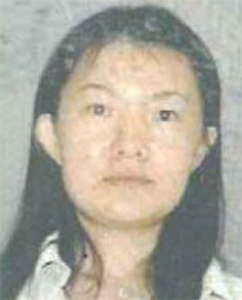Program Information
Evaluation of Landmark-Assisted Deformable Image Registration Technique On Inter- and Intra-Patient Head and Neck CT Imaging
Y Wang1*, M Folkert2, Z Saleh3, A Apte4, G Sharp5, N Lee6, J Deasy7, (1) Memorial Sloan-Kettering Cancer Center, New York, NY, (2) Memorial Sloan Kettering Cancer Center, New York, NY, (3) Memorial Sloan Kettering Cancer Center, Manhattan, NY, (4) Memorial Sloan-Kettering Cancer Center, New York, NY, (5) Massachusetts General Hospital, Boston, MA, (6) Memorial Sloan-Kettering Cancer Center, New York, NY, (7) Memorial Sloan Kettering Cancer Center, New York, NY
SU-E-J-83 Sunday 3:00PM - 6:00PM Room: Exhibit HallPurpose: Accurate image registration in patients with Head and Neck (HN) cancer is critical for assessment of treatment response, and must be rigorously validated. To evaluate deformable image registration (DIR) with our previously developed DIR techniques on HN PET-CT scans, we incorporated distance discordance metric (DDM), a novel method for quantification of local registration uncertainty, as well as traditional quantitative and qualitative measurements.
Methods: For each CT image series, six landmark (LM) points relevant for patients with HN cancer were placed, including the inferior-most extent of the styloid processes, the lateral- and inferior-most aspects of the hyoid bone, and the superior central face of the sternum. These points were used either to assist or assess registration.
Inter-patient HN CT image registration for 10 patients was performed using standard intensity-based B-Spline and LM-assisted B-Spline DIR techniques. Intra-patient DIR of the same patients was performed using pre- and post-radiation therapy image sets of the same patient.
DDM metrics were obtained for inter-patient DIR results and compared to traditional qualitative and quantitative methods including whole image mean square error (MSE), relative landmark distances between scans, and visual judgment by physicians.
Results: Registration results were improved with the addition of landmarks on bony structures relevant to HN cancer. While MSE only provides a general estimate of the overall image registration error, the novel DDM metric shows the registration uncertainties for each pixel on the fixed image, allowing for localization of error. Based on DDM, DIR uncertainty was significantly reduced (>50% in region of interest) by LM-assisted DIR techniques on inter-patient registration. Relative LM distance was reduced as well for both intra- and inter-patient DIR (<1mm).
Conclusion: Evaluation of DIR results with novel and traditional methods demonstrates the LM-assisted DIR approach achieves better registration results on both inter- and intra-patient DIR.
Contact Email:


